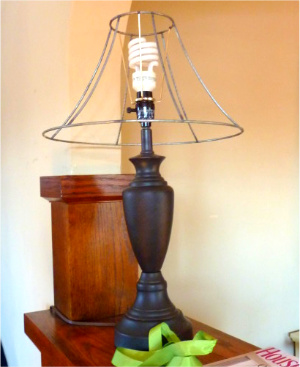
Wool. Not just for sweaters. We are big into wool hats, blankets, and tights. Let’s not forget lanolized diaper covers. And of course cute felted wool garland and animals.
But the most common wool item in our home is in the form of dryer balls.
Wool dryer balls have been popular for many years now. I first started using them when drying my cloth diapers.
Dryer balls help soften stiff clothing instead of using fabric softener. Dryer balls also help move the clothing around to improve drying times. Wool works even better because it can absorb around 30 percent of its weight in water. This reduces drying time by quite a bit if you use enough balls.
You want at least six dryer balls in your clothing load to really work well. I have around 30 wool dryer balls floating around the house. They tend to migrate to other areas of the house via toddlers or shirt sleeves.
Wool dryer balls used to be kind of expensive, then like many things, they began being imported from china. So, you can buy cheap imported wool balls for dryer balls.
I like to buy American made, or even better, locally. And what’s even better than locally made? Making it myself!

Making dryer balls is really easy.
You need:
- Unwashed wool roving or batting
- An old pair of tights, pantyhose, or dress socks
- Rubber bands or string
Roll a bit of batting in your palm. Pull more batting from the bunch and drop it around the ball. Keep it snug enough to hold together. Keep adding wool to your ball until it is about the size of a softball. It seems big now, but it will shrink up a ton.

Put the balls inside the tights, separating each ball by tying the string or Rubber bands on the outer side of the tights. Your are tying between balls much like your would links of sausage. Once all of your balls are securely and snuggly tied into the pantyhose/tights, they are ready for the washer and dryer. I just threw them in with a normal wash load I cleaned on the warm setting., then put them in the dryer with that load.
When you are using raw batting or raw roving, one run through the washer and dryer is all you need to fully felt the wool and for tight balls.
Some people have made felted wool dryer balls from wool yarn by winding it into a ball and then putting them into the tights. If you do it this way, you will need to run them through the washer and dryer multiple times for full felting. Quite frankly, I don’t know why anyone would use yarn. It is much cheaper to buy raw wool batting.

If you buy some raw roving or batting from a local farm, and make dryer balls yourself, they will actually be cheaper than the imported dryer balls. So, support a local farm, get your DIY on, and save money too. Can’t really go wrong. And the beauty of wool dryer balls is they don’t need to look perfect to work perfectly. Your balls can be eggs, logs, or whatever goofy shape. They will still work fairly well even if they cannot tumble as well as a perfectly round ball.

One word of warning. Since you need to use unwashed, unfelted Wool, the load of clothing you wash and dry the ball links in will smell like lanolin. It washes out in the next wash, so no worries. I just thought I would mention it since it might freak people out to have their laundry smell like sheep lanolin at first.






Hello! This is the only site I’ve found showing how to make dryer balls from raw wool and not yarn. We had some unfleeced wool from a local farm. I pressed and rolled it together as much as I could. I’ve run them through hot washers and hot dryer cycles 2 times and once stuck them in boiling water until cooled, then the dryer. They are not totally felted together as I can peel parts away. Any suggestions?!
Hmmm. I wonder if it contained so much natural lanolin, it repelled the water too much? How firm are the resulting balls? I do find my home made wool balls are not as tight as commercial ones, but they generally hold together for at least 50+ washes.
Also, are they pure sheeps wool? Alpaca wool will act differently.
Pingback: Top 12 how to felt wool dryer balls – hkfindall.com